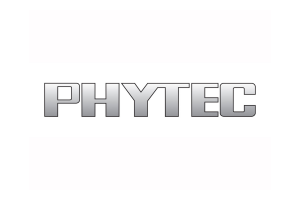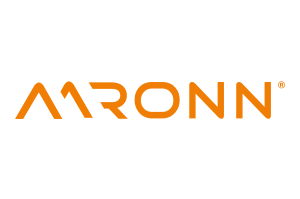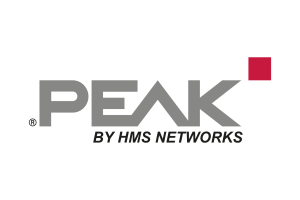Radar, lidar, camera
I can see what you can’t see
Fortsetzung des Artikels von Teil 2
Lidar

Brooke Williams, business development manager, automotive processors at Texas Instruments takes a similar viewpoint. There was continuous further development of camera and image sensors to achieve more performance in difficult environments, the result being a larger range of measurement. “The focus is on enabling a greater dynamic range, higher frame rates, damping of LED flicker, and less image noise in cameras to improve system performance in all conditions.” These trends, in his opinion, call for advanced image and analysis processing functions “like you find in the Jacinto processors from TI, sufficiently reflecting progress in sensor technology”. Plus, he adds, it is of decisive importance for autonomous vehicles heading for level 3 and beyond that progressive driver assistance systems exhibit an efficient method to calculate and synchronize data input from both cameras and radar systems, and to convey commands fast to the vehicle. Williams further: “We expect synchronization capability in sensors to improve and match these requirements, and that Jacinto automotive processors will thus be able to operate more efficiently within the systems.”
Giese of Renesas can only affirm the greater resolution, although pointing out that the whole thing must of course be realized at reduced cost. “Further development should work for integration of infrared sensitivity, and making stereo cameras more cost-attractive than mono cameras.”
Lidar
Lidar is still in its infancy compared to cameras and radar systems. That, of course, is also a matter of the costs that such systems produce today. But in a Markt&Technik roundtable all participants were of the single opinion that the technology is destined for the automobile, because: “The camera tells me what it is, radar tells me how far away it is, and lidar tells me whether I can drive over or under it, for instance whether it’s a bridge or something lying on the road”, as Uwe Bröckelmann put it, technical director EMEA of Analog Devices. And Philippe Prats, director of marketing, automotive digital products EMEA at STMicroelectronics, adds: “Without lidar there’ll be no level 4 and no level 5.” Lidar means not only redundancy but adds to the existing technologies, increasing functional safety. And Giese of Renesas is convinced that “where we are today, we need all three types of sensor — camera, radar and lidar — complementing one another in their particular strengths and weaknesses, that can only join to solve the problems presented.”
Seeing as most reckon with the coming of lidar, there is much activity in the field. At the semiconductor end you have the likes of Infineon, STMicroelectronics, Texas Instruments and Analog Devices, but the tier 1 suppliers are in there too.
Toshiba is also a lidar proponent. Says Neuenhüskes, “Front camera systems have been in use in vehicles for a number of years. Lidar systems will experience a proper boom in the coming years, and accompany them in application.” The company is developing socalled lidar SIPM (silicon photomultiplier) sensors that detect single photons, and thus also carry weak received signals from the transmitted and reflected laser pulse for subsequent signal analysis. Neuenhüskes continues: “With appropriate electronic analysis ranges of up to 200 meters can be possible with only 10 percent degree of target reflection.” So, he says, also dark objects lying on the road, like parts of a tire, can be recognized in their size and distance away. The technology could also implement high-resolution 3D lidar systems allowing classification of an object.
In electronic analysis Toshiba is looking at an optimized 28-nm CMOS process for ADC (A/D converter) and TDC (time-to-digital converter) circuits that convert the SIPM signal on the input to a digital signal. “A special algorithm uses intelligent accumulation techniques for an 80 percent increase in range”, adds Neuenhüskes.










